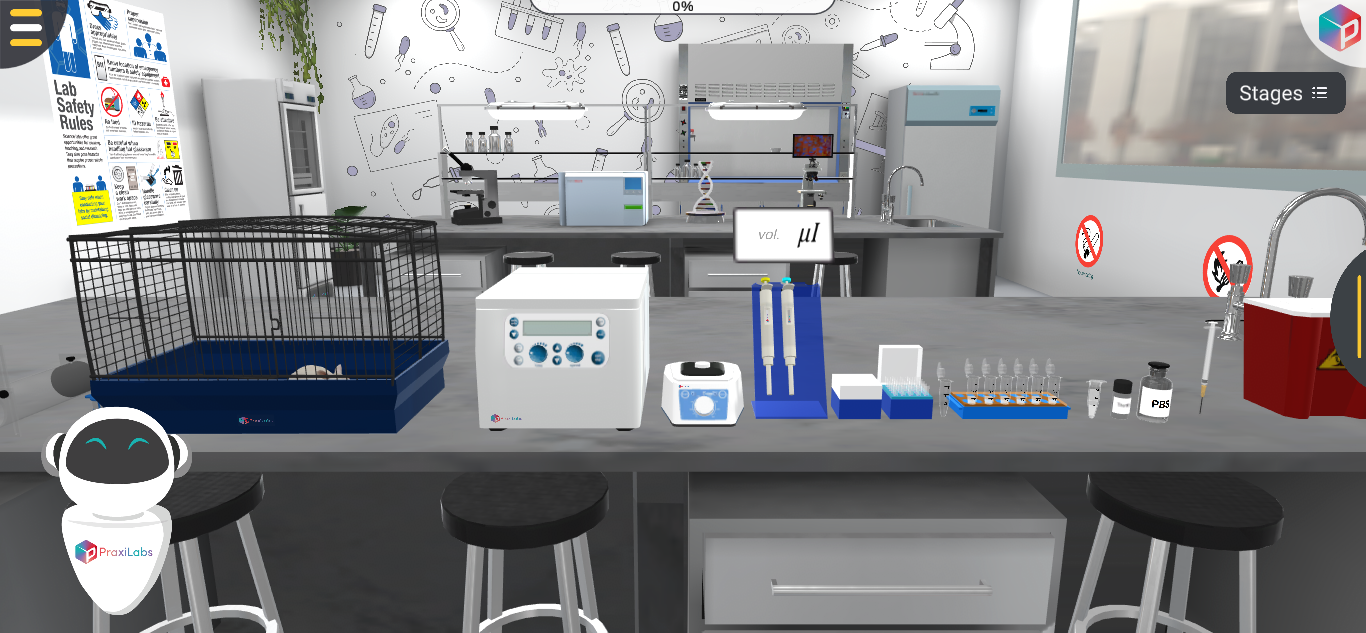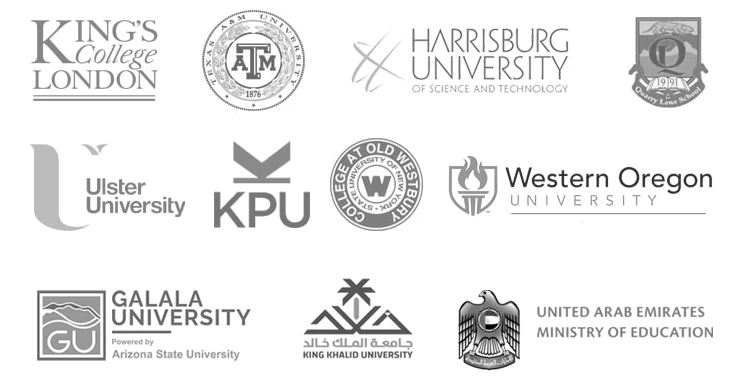





2.5M+
Active Users Worldwide
80%
Improved Learning Retention
60%
Reduction in Laboratory Costs
One type of antibody derived from a single cloned B cell.
Hybridoma Technology
Practice sterile cell culture techniques for monoclonal antibody production.
The General Procedure Includes the Following Monoclonal Antibody Development Steps:
The Monoclonal Antibody Manufacturing Process:
Thus; hybridomas can be cloned into a 96 well plate in a 1cell/well ratio. When colonies become confluent, they can be screened for antibody production using ELISA in the monoclonal antibody production workflow.




